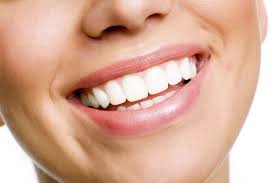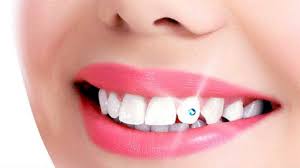The procedure for ceramic veneers involves several steps, including an initial consultation, tooth preparation, and fitting the veneers.
Initial consultation
- Your dentist will examine your teeth and gums to determine if you're eligible for veneers.
Tooth preparation
- Your dentist will remove a thin layer of enamel from your teeth.
- Your dentist will take an impression of your teeth.
Fitting the veneers
- Your dentist will check the fit, color, and shape of your veneers.
- Your dentist will bond the veneers to your teeth using dental cement.
- Your dentist will shine a special light beam on the veneers to activate chemicals in the cement, which cause it to harden.
- Your dentist will check your bite and make any necessary adjustments.
Follow-up
- Your dentist may ask you to come back for a follow-up visit in a couple of weeks to check your gums and the veneer's placement.
Pain
- After the procedure, your gums may feel a little sore. This is normal and will settle down after a few days of careful brushing.
Sedation
- You can request to be sedated during your procedure if you have a dental phobia or do not like being in the dentist's chair.





